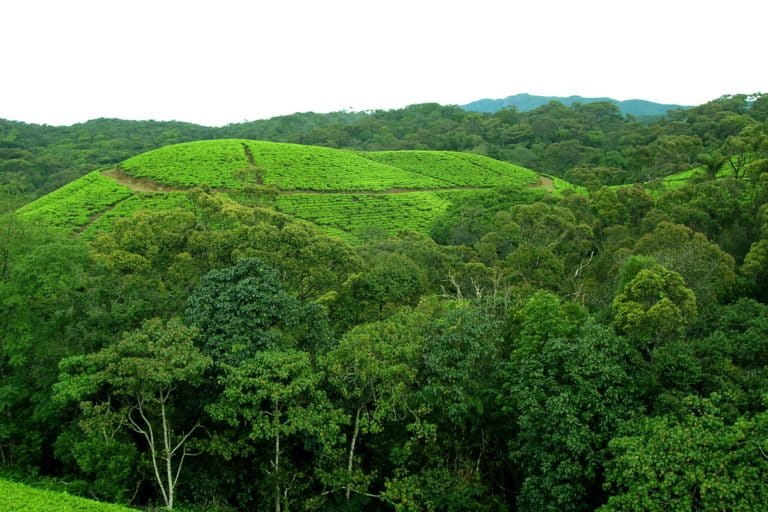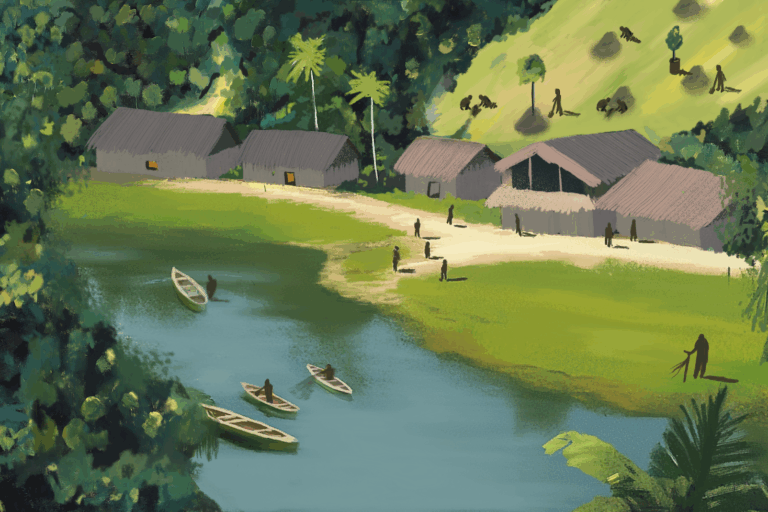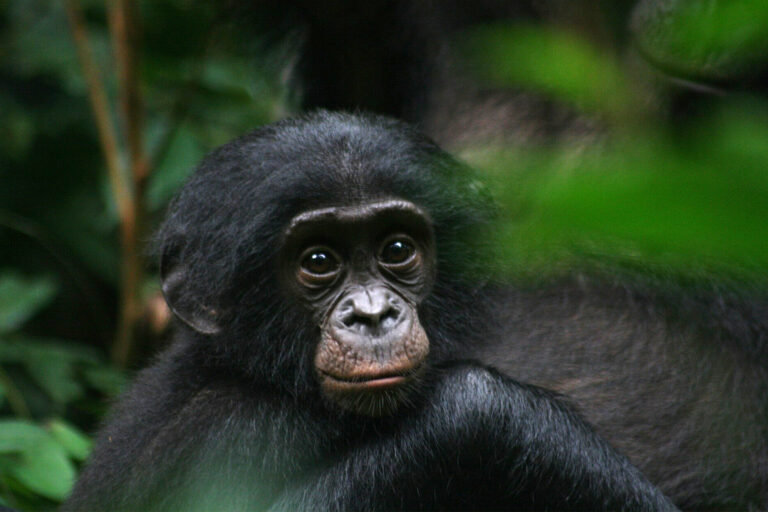- The Sri Lankan government earlier this year transferred the administration of non-protected forests, known as “other state forests” (OSF), to regional authorities, with a view to releasing them for agriculture and development.
- The move is part of government efforts to boost domestic food production, but has been blasted by environmental activists who say many of these forests are rich in biodiversity and serve important ecosystem functions.
- Many of the highland OSF serve as the watershed for rivers, while lowland OSF harbor newly described species found nowhere else on Earth.
- Seventy percent of Sri Lanka’s elephants live outside protected areas, which means that allowing OSF to be cleared for agriculture would exacerbate what’s already one of the world’s worst problems of human-elephant conflict.
COLOMBO — With a single notification, Sri Lankan authorities have recently transferred the guardianship of forests lying outside protected areas to local administrators, with a view to increasing the island’s food productivity.
The move effectively makes these “other forests” available for agricultural purposes. Falling outside the regular network of protected areas, they are known as “other state forests” (OSF) in Sri Lanka, and span a combined area the size of Long Island in New York.
Historically, these forests were administered by divisional secretariats, a regional-level administrative unit in Sri Lanka. But in light of the importance of these residual forests, their administration was in 2001 transferred to the protection of the Department of Forest Conservation directly.
In July this year, the Sri Lankan government transferred the OSF administration back to the divisional secretariats. This has prompted fears among environmental activists that these forests could be cleared for agriculture and other developmental work, as part of the nation’s pandemic response and with food security concerns on the rise.
Formally protected areas in Sri Lanka are governed by three pieces of legislation: the Forest Ordinance, the National Heritage Wilderness Areas Act, and the Flora and Fauna Protection Ordinance (FFPO). Protected areas that fall under the first two laws are administered by the Department of Forest Conservation, while lands protected under the FFPO are overseen by the Department of Wildlife Conservation (DWC).

Food security concerns
The government is seeking to boost domestic crop production in an effort to tackle the economic hardships caused by the response to the COVID-19 pandemic. That response includes allowing the release of OSF, or “residual forests,” for agricultural purposes. In its decision to release the administration of OSF back to regional authorities, the government noted that farmers engaged in slash-and-burn cultivation, known locally as chena cultivation, in OSF areas have encountered severe hardships due to land usage practices and restrictions.
Bandula Harischandra, secretary of the Ministry of Wildlife and Forest Conservation, told Mongabay that divisional secretaries will not be able to take “haphazard” decisions when it comes to managing other state forests. Any decision to release a swath of OSF for agriculture or other purposes will be based on the recommendations of a committee, he said, adding that the government’s decision also underscores the need to avoid developing environmentally sensitive areas.
But local environmentalists say they’re not convinced by these reassurances. Suranjan Fernando, a prominent forest researcher, says some of the at least 338,000 hectares (835,000 acres) of other state forest have very high levels of biodiversity.
“One should also not ignore the ecosystem services that communities have a right to, such as clean water, fresh air and fuelwood and so on,” Fernando told Mongabay. “We are on an environmental tipping point and many systems may collapse with such ecosystem services being denied to communities. As a country, we need to recognize that development and conservation are not two, but one.”
The main argument put forward by the state authorities is that even what are categorized as state lands that are not linked to forests cannot be released easily and the red tape is creating unnecessary delays when they are under Forest Department’s care.
Jagath Gunawardana, a veteran environmental lawyer, also dismissed the government’s stance that there are sufficient protections to prevent any indiscriminate release of non-protected forests for development. He told Mongabay that provisions to facilitate such releases are contained in a 2006 ministerial circular.
Gunawardana says chena cultivation is no longer practiced in the country, so any land released on this pretext will not be used for the declared purpose and will likely be abandoned in a few years.
“Utilizing already abandoned lands and increasing their productivity is the way forward to reaching [food] self-sustenance,” he said.

“The term ‘residual forests’ is often used to refer to these forests, conveying the idea that they are not very significant and can be used for any other purpose and not be treated as forests. This is such a wrong notion,” Sevvandi Jayakody of the Colombo-based Environmental Foundation (Guarantee) Limited (EFL), a public law group that advocates for green causes, told Mongabay. “Other state forests also include biodiversity-rich cloud forests as well as lowland rainforests. It is not possible to disregard their significance.”
Sri Lanka’s central highlands and their cloud forests are among the most important habitats on the island, performing the most critical watershed functions. Two districts within these highlands, Badulla and Nuwara Eliya, have more than 43,000 hectares (107,000 acres) combined of other state forests — land that is now open for agricultural use.
“Matale, another district in the central hills of Sri Lanka, has only 1,802 hectares [4,453 acres], but it is all very important habitat and its significance not to be discounted,” Jayakody said.
There are 103 main rivers flowing through Sri Lanka, and the forests at elevations greater than 500 meters (1,640 feet) serve as watersheds for many of these rivers and associated streams. Some rivers, like the Mee Oya, spring from OSF areas, Jayakodi said.
“Some of these other state forests located in the wet zone are high-biodiversity regions that are in fact proposed for protection as forests reserves,” she said.
Mendis Wickramasinghe, a researcher renowned for describing dozens of endemic wildlife species new to science, says many of his discoveries were made in areas that constitute other state forests.
“These species include point endemic species not found anywhere else in the world except those very forest patches,” he told Mongabay.

Prithviraj Fernando, chairman and principal researcher at the Centre for Conservation and Research, says 70% of Sri Lanka’s wild elephants live outside protected areas. His own extensive research shows that elephants mostly shelter in these other state forest patches, Fernando said. Opening up these important habitats for development would increase Sri Lanka’s case of human-elephant conflict, already one of the worst in the world, Fernando said.
In 2019, researchers recorded about 400 elephant deaths and nearly 100 human deaths due to human-elephant conflict. The districts of Anuradhapura and Monaragala, in the north and south, respectively, have the highest extent of OSF and recorded 66 and 43 elephant deaths last year. In Anuradhapura alone, 29 people were killed as a direct result of human-elephant conflict.
Environmentalists say they are also concerned that divisional secretaries can come under political pressure at the local level to release OSF areas for development. Earlier this year, a video went viral showing a local politician pressuring a forest officer to release a mangrove patch in Sri Lanka’s Western province to set up a playground.
Banner image of an elephant in Sri Lanka’s Northwestern province approaching a village home made of wattle and daub. With one of the worst instances of human-elephant conflict of any country, Sri Lanka’s decision to allow non-protected forests to be released for agriculture is likely to increase the level of conflict, as elephants are known to reside mostly outside protected areas. Image courtesy of Namal Kamalgoda.














